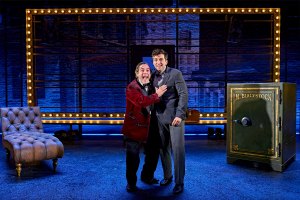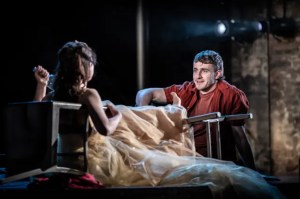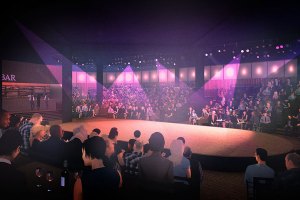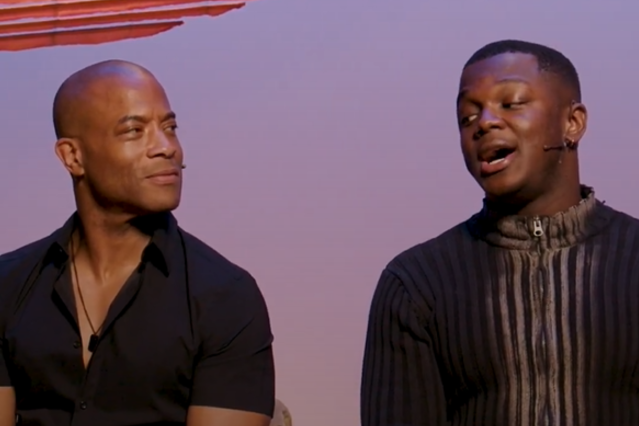Let's Talk About Sets: Iain Gillie on An Inspector Calls
The producer of the latest revival of J B Priestley’s classic discusses the National Theatre’s acclaimed staging
Of the tiny percentage of productions that last for more than four weeks, I’m lucky enough to run the company that produces two of them, The Woman in Black, now in its 27th year, and Stephen Daldry‘s production of JB Priestley’s classic thriller, An Inspector Calls which will open at the Playhouse Theatre on its 20th outing and approaching its 25th birthday.
My association with An Inspector Calls goes all the way back to when it was staged in the Lyttelton Theatre at the National in 1992. As a young production manager, it was an invigorating experience working with this fresh creative team, on such a whacky version of what I regarded as a pretty dusty old piece. When Stephen and designer Ian MacNeil talked us through the set model for the first time, it was with such explicit conviction that there was really no alternative but to deliver exactly what they had conceived.
In those days the set had four main elements; a painted sky cyclorama, which, as the set had a vanishing point around 12 meters into the scene dock, was over 25 meters wide, a double raked, cobbled floor, again 25 meters wide, an Edwardian House on stilts and a false Victorian proscenium with matching fore-stage. The other significant physical elements were a phone box and a lamp post, and possibly the simplest but most evocative aspect of the physical production – rain.
The rain was so successful that for a couple of years after the initial production we received calls from designers and production managers from around the world asking how we did it. In fact, making the rain is pretty easy, stopping it destroying the theatre is more complicated.
As the audience take their seats, they’re presented with a derelict Victorian theatre, the tabs rise to reveal a rain drenched 1945 post-blitz landscape within which stands the 1912 Birling residence. In our production, the Birlings are from 1912 and everyone else is from 1945 and the set and costumes reflect this. The Inspector’s famous final words, being in reference to the future World Wars:
"We don't live alone. We are members of one society. We are responsible for each other. And I tell you that the time will soon come when, if men will not learn that lesson, then they will be taught it in fire and blood and anguish. Good night."
The Inspector delivers this directly to the audience, earlier in the piece, Sheila Birling has delivered her confession to the audience and so the present day arguably becomes our third "period". This engagement of the audience shows the play’s profound relevance, maybe even more today than ever before with Brexit, the refugee crisis and the US General Election.
The set and physical production elements are more or less unchanged. We don’t have a false proscenium arch anymore, that went sometime in the mid '90s, mainly because the majority of theatres we play have their own Victorian pros arch. The floor is now a single rake and both it and the cyc are reduced to around 14 metres wide. The Edwardian house on stilts is amazingly the very one we built in 1992, it’s received extensive refurbishment over the years and the hydraulics – did I mention that, at the dramatic climax, the house tips up and empties the Birling’s possessions onto the street? – have been replaced numerous times.
What still remains at the heart of this production is of course the incredible actors that have performed in this production, the new West End cast being no exception. The unease of the Birling’s relationship with the 1945 or Blitz part of the set, the difficulty in moving around, it’s dirty, uncomfortable and really they’d rather not be there. Alongside Rick Fisher's lighting and Stephen Warbeck‘s music, there’s no better example of theatrical elements coming together to form a truly inspirational masterpiece.
By producer Iain Gillie.
An Inspector Calls is running at the Playhouse Theatre until 4 February 2017.












